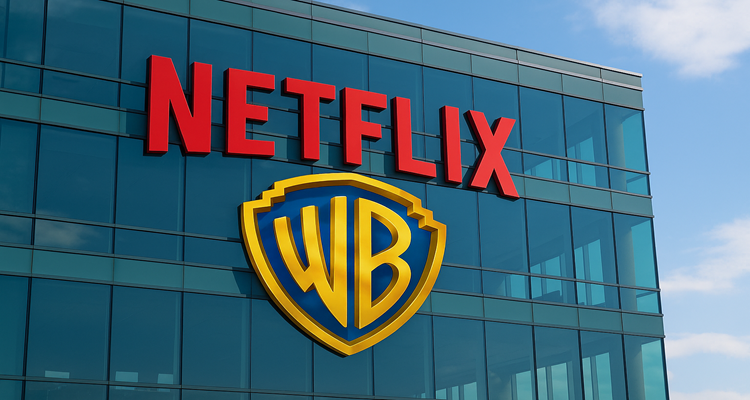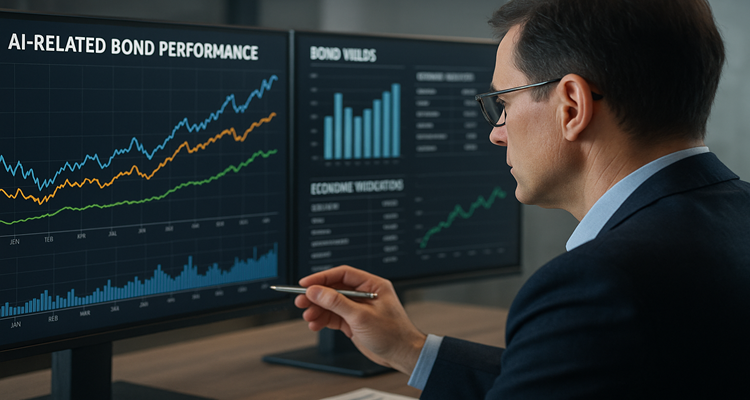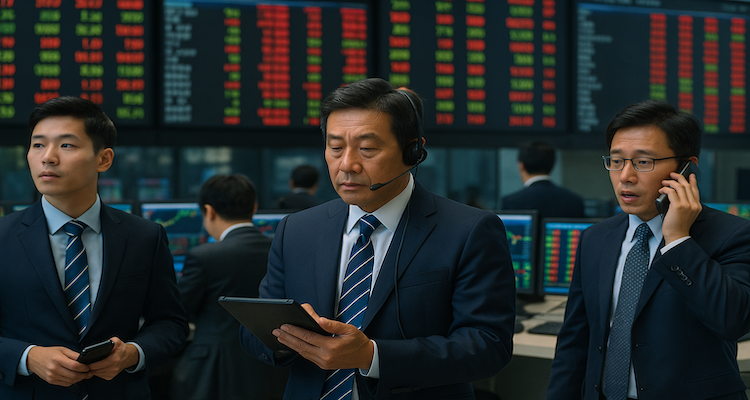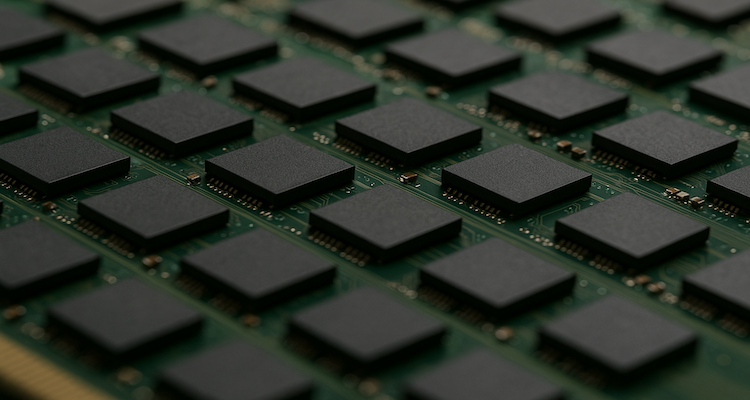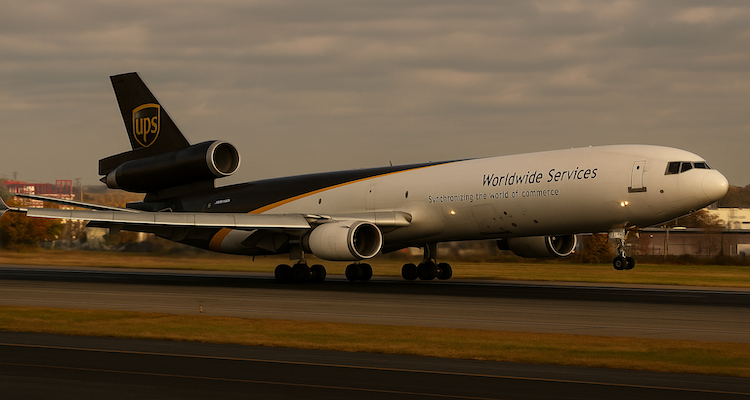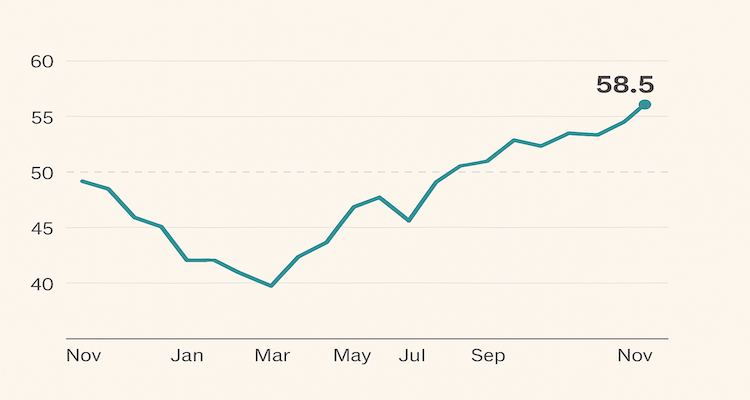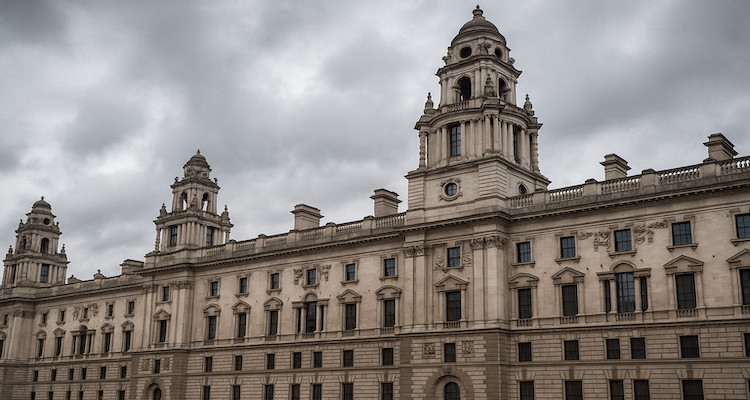Tesla’s $16.5B Samsung Chip Deal Sparks Optimism, But Doubts Linger
Tesla’s $16.5 billion chip deal with Samsung boosts the tech giant’s shares but leaves questions over profitability, manufacturing risks, and long-term impact.
Introduction: A Boost for Samsung With a Cautionary Note
Samsung Electronics is riding high after Tesla CEO Elon Musk revealed a multi-billion dollar chip supply agreement between the two giants. The $16.5 billion pact announced by Musk via his X social platform sent Samsung shares soaring 7% on Monday, injecting some much-needed optimism into its struggling semiconductor business. But beneath the celebratory headlines lies a more complex story.
Context: A Win Amid Challenges
Samsung, known for its dominance in smartphones and memory chips, has recently faced headwinds in its chip foundry division. Losses have piled up exceeding 5 trillion won (about $3.6 billion) in Q1 alone, with Q2 losses expected to deepen, according to Fitch Ratings analyst Shelley Zhang.
This new deal with Tesla offers a glimmer of hope. It’s an eight-year commitment valued at $16.5 billion, translating to approximately $2.1 billion per year. The chips involved include Samsung’s cutting-edge A16 semiconductor a product of its advanced fabrication efforts.
Main Developments: Tesla Places Its Bets on Samsung
The deal’s announcement marks a significant endorsement from one of the world’s most influential tech moguls. Elon Musk called the agreement a “bare minimum,” hinting that actual demand from Tesla might end up being “several times higher.”
The chips are slated for use in Tesla’s advanced computing and autonomous vehicle platforms, including future versions of its Full Self-Driving (FSD) systems and Optimus robot. The inclusion of Samsung’s A16 chips represents a major technological leap, positioning Tesla to scale innovation in AI-driven transport and robotics.
Yet Musk’s track record of ambitious forecasts tempers enthusiasm. Over the years, Tesla has become known for setting aggressive timelines many of which have slid. That pattern raises questions about how much of the deal will materialize at scale.
Expert Insight: “Cautious Optimism” From Analysts
Shelley Zhang from Fitch Ratings warned that the financial uplift, while notable, is not enough to offset Samsung Foundry’s ballooning losses. “Even if volumes grow, the foundry business needs broader adoption and diverse clients to regain profitability,” she noted.
Musk’s comment about walking Samsung’s production lines and collaborating to “maximize manufacturing efficiency” also stirred concerns. While this level of involvement may ensure tight integration, it could require Samsung to expose proprietary processes potentially deterring other clients wary of competitive leaks.
⚖️ Impact & Implications: The Road Ahead Is Complicated
The Tesla partnership, while symbolic and potentially lucrative, won’t solve Samsung’s challenges on its own. The company remains in stiff competition with Taiwan’s TSMC, which currently dominates the $1 trillion chip foundry market.
Moreover, Samsung is still grappling with reputational setbacks. Reports last year revealed its high-bandwidth memory chips failed to meet quality benchmarks set by Nvidia due to issues related to heat and energy efficiency. That failure cast a shadow over its ability to scale complex chip technologies.
To compound matters, much of the chip manufacturing for Tesla will take place in Samsung’s yet-to-be-proven U.S.-based facility. Producing advanced chips like the 2-nanometer variants at scale requires impeccable yield rates any shortcomings could endanger profitability and risk losing Tesla’s business altogether.
Meanwhile, Tesla itself is not without risk. The company is navigating a rough patch, with Musk warning of “a few rough quarters” ahead, amid waning government support for electric vehicles in the U.S. and declining market share in Europe and China. Its long-term bets on robotaxis and humanoid robots are promising but remain speculative.
Conclusion: Big Deal, Bigger Questions
Elon Musk’s confidence in Samsung is a powerful vote of trust. The $16.5 billion deal injects energy into a division in need of a turnaround. But neither company is guaranteed smooth sailing. For Samsung Chair Jay Y. Lee, this could be a pivotal moment if he can leverage this opportunity into broader market traction and lure more partners.
Still, the risks from operational setbacks to shifting demand dynamics are real. As the tech giants align their ambitions, investors and industry observers would do well to buckle up. The ride is just beginning.
Source: (Reuters)
(Disclaimer: All content on this website is for general information only. While we aim for accuracy, Wiobs makes no guarantees and accepts no liability for errors, omissions, or actions taken based on the content. External links are provided for convenience; Wiobs is not responsible for third-party content or websites. Use of this site is at your own risk.)
Also Read: Union Pacific’s $85B Rail Gamble Prioritizes Politics Over Profits


